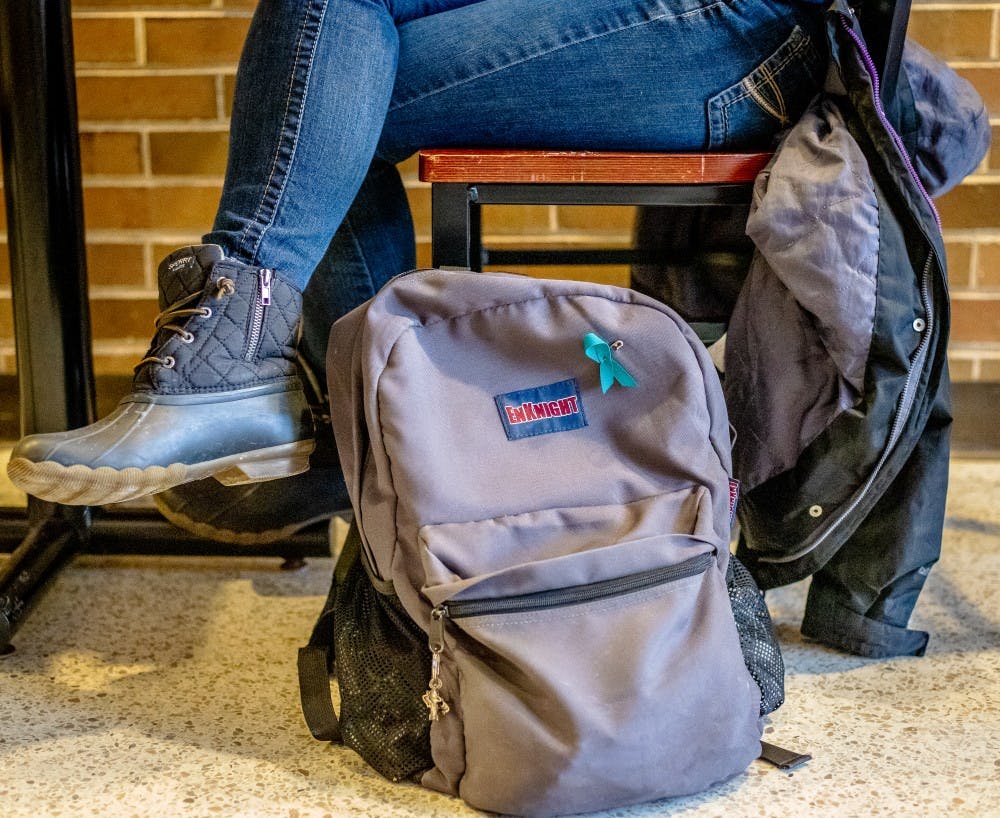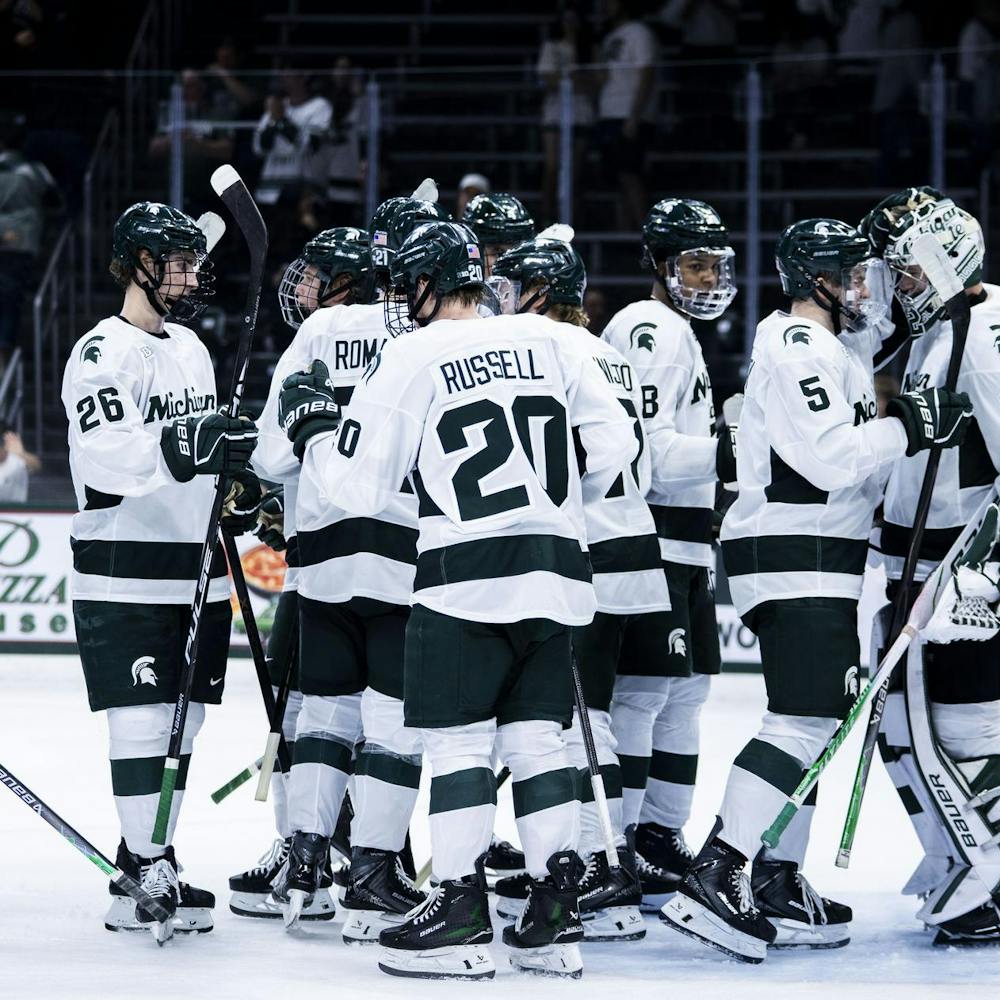I’ve spent the bulk of my senior year trying to reconcile my relationship with Michigan State University.
I’m searching for the sense of pride you’re supposed to feel when you’re poised to graduate. And yet, I feel no such thing. What I do feel is a sort of quiet, blistering anger, directed in part at this university’s administration. That, and a much-needed dose of cynicism.
I recall a day in September 2016 — a few weeks into my first year of studying journalism — when my naive freshman self picked up a copy of The Lansing State Journal.
On the front page was the story of how a Michigan State gymnastics doctor had been fired from the university. There was a photograph of a woman, too, whose name I’d later learn and revere: Rachael Denhollander.
I didn't know it at the time, but the story would grow to define the rest of my time here.
In the ensuing years, MSU’s name permeated national headlines. There isn’t enough room in a single opinion column to tell you how each new uncovered truth of the Larry Nassar sexual abuse crisis shatters my respect for my alma mater a little more, so let me write about the definitive moment that I saw MSU reach one of its lowest points.
Months after Nassar's criminal sentencings, former MSU interim President John Engler claimed in email correspondence that Denhollander was “stirring up” survivor outrage toward the university. Her goal, Engler claimed? She was speaking out to get illicit “kickback” from her lawyer.
The Chronicle of Higher Education broke that story in June 2018. It showed Engler thought anyone who spoke out against his actions and the university’s response to the crisis — or lack thereof — was an enemy to be disparaged.
He was unapologetic. He, and some of his peers, couldn’t be bothered to show any sort of sorrow or sensitivity for survivors.
If that’s how this institution’s leaders still feel about any individuals who voice concerns or objections to its actions, then I fear for prospective students — especially women — who plan to attend this university. Such words only work to instill a highly alarming culture of disbelief on campus.
I’d like to believe President Samuel L. Stanley is making an attempt to understand just how concerned we are — to his credit, he did appoint RVSM Expert Advisory Workgroup Chair Rebecca Campbell and MSUPD Detective Lt. Andrea Munford to advise him on such matters.
But the few good actions the administration has taken aren’t yet enough, nor will they ever negate the fact that Michigan State is no poster child of safe student environments. Nearly two-thirds of undergraduate women and 42% of undergraduate men experienced sexual harassment in the 2018-19 academic year, according to a Know More campus climate survey.
And until the Board of Trustees votes to waive attorney-client privilege and turn over more than 6,000 documents to Michigan Attorney General Dana Nessel's office, the board is not serious about instituting lasting change, and we won't have an independent review to see how MSU really handled Nassar.
To young people who want to attend Michigan State: if you do come here, I ask you to look out for your peers. Listen to all survivors, including the ones on your own campus. Believe them.
This is a place where a predator thrived without interference. It's also a place where people who experience sexual abuse are put through a hellish reporting process. No amount of strong admission rates or Big Ten championship titles will atone for that.
I reconcile my time here by reminding myself of the actions my fellow students took for survivors. They organized rallies on the Hannah Administration Building steps to call for resignations of university officials. They tied hundreds of teal bows around trees on campus to represent each survivor. They went to board meetings in support of second-wave survivors. They got involved in sexual assault prevention groups, pinned mini teal ribbons to their backpacks and immersed themselves in a search for a new president.
I reconcile my time at Michigan State by knowing I'll graduate among a scrappy body of students who questioned authority and raised their voices in the hopes of bringing about much-needed institutional change.
As a concerned senior, I ask you not to forget the period of history in which this university's school colors became teal and white instead of green and white.
Support student media!
Please consider donating to The State News and help fund the future of journalism.
Discussion
Share and discuss “Column: 2 years later, this is how I reconcile my time at Michigan State” on social media.






